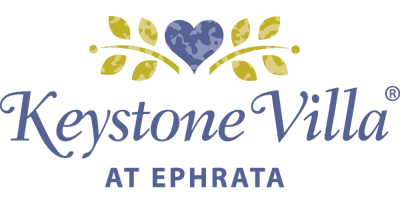Memory Care in Ephrata, Pennsylvania
Our Daybreak Memory Care neighborhood at Keystone Villa at Ephrata provides support for our residents who are experiencing early and mid-stage challenges caused by dementia-related illnesses. Find peace of mind knowing that your loved one is surrounded by an excellent team of caregivers 24/7. With highly structured routines and enriching activities, your loved one will find a newfound lifestyle fit for their own unique needs.
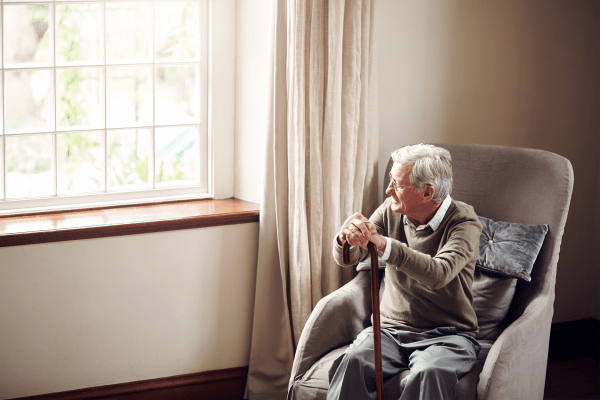
Included With Memory Care
- Apartment Rental
- All Utilities Included
- Medication Management
- All Day Restaurant Style Dining
- Structured Activities Program specifically for the memory impaired.
- Laundry, Linen & Light Housekeeping Services
- Transportation to Medical Appointments & Group Outings
- In-Home Maintenance
- Use of Community Amenities

Appealing Amenities
- Beautifully Landscaped Courtyard
- Outdoor Patios
- Private Dining Room
- Library
- Activity Rooms
- Movie Theater
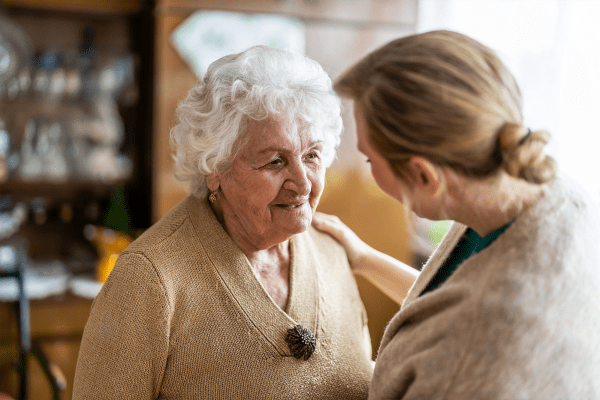
Services Offered
- Professional Salon Services
- Social, Recreational and Educational Programs
- Structured Programs & Activities
- On-Site Therapy Services
- Pharmacy Services
- Individual Care Coordinated By Clinical Care Nurse or Memory Care Director
- Physician Visits

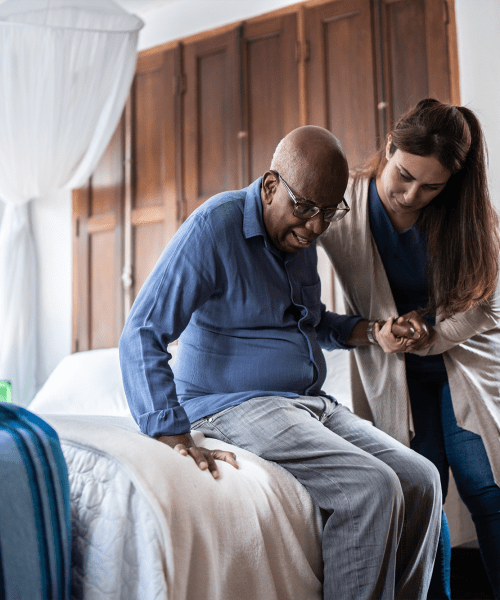
Our Memory Support Program
Our philosophy, which is built on getting to know our residents’ likes, dislikes and personal histories, also features the Six Principles of Well-Being: Artistic Expression, Physical Engagement, Spiritual Support, Community Connections, Continuing Education, and Lifestyle and Leisure.
Daybreak Program and Positive Approach to Care
Keystone Villa at Ephrata’s Daybreak Memory Care Neighborhood provides a warm and nurturing environment to residents living with Alzheimer’s disease, dementia or memory loss. Our highly structured and secure neighborhood is designed to promote independence, socialization, and quality of life, while maintaining each resident’s dignity. We are able to enhance the lives of residents through nutritious meals, consistent routines and engaging activities. More importantly, a Positive Approach to Care is the standard for all our caregivers’ interactions with residents. Recognizing the unique needs of each person and highlighting their skills, while providing support, is our philosophical approach to all relationships.
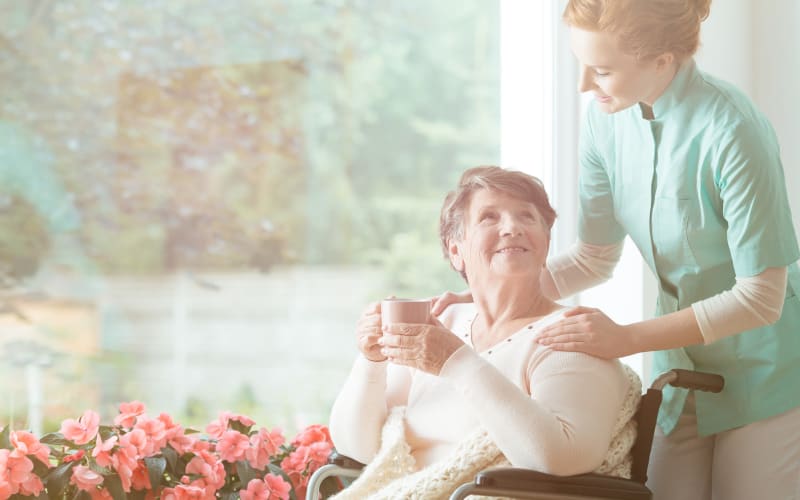
It’s a difference you can feel

